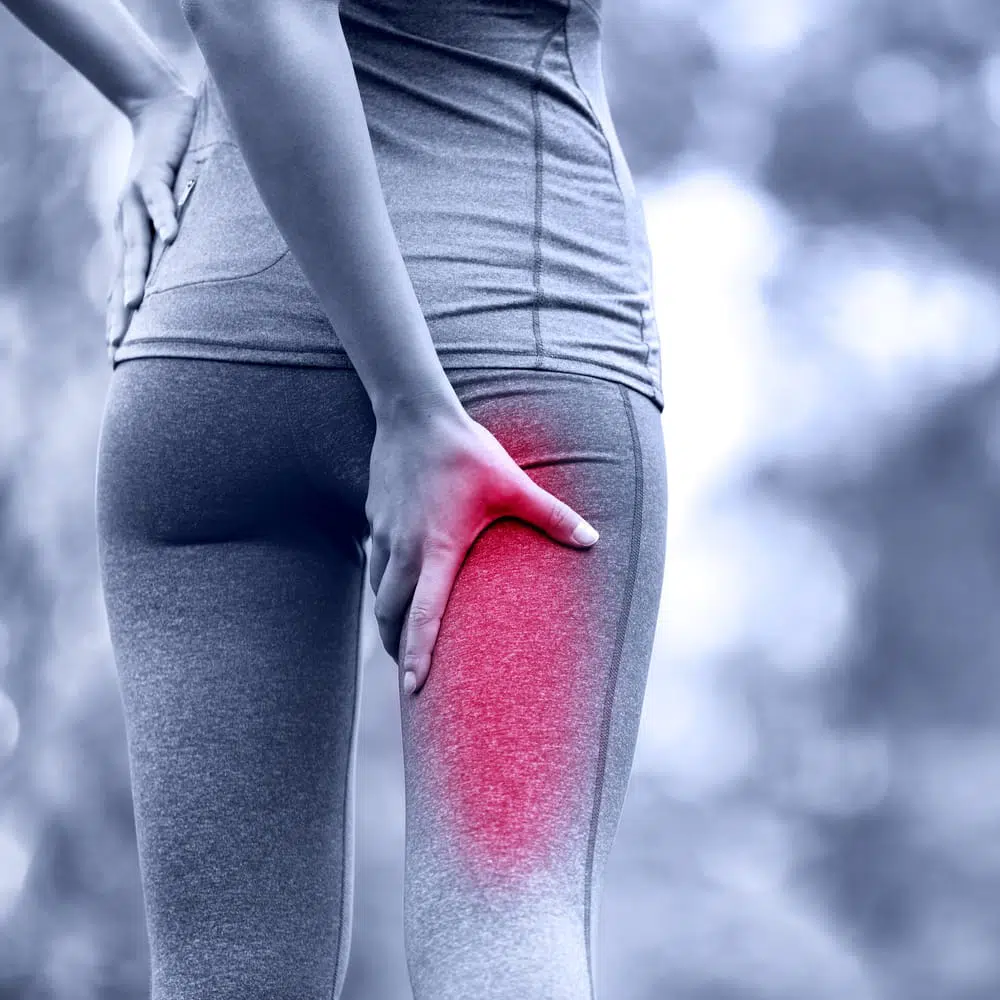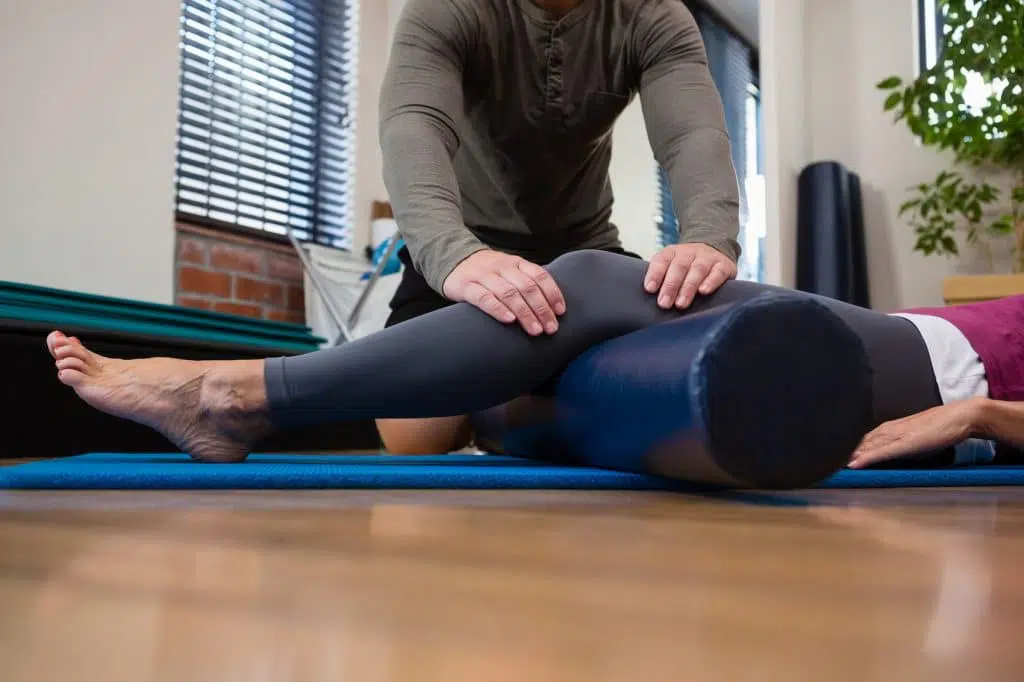Call Now!
Torrance Office: +1 (424) 360-0155

It can be difficult to pinpoint exactly what’s been causing that lower back pain you’ve been feeling recently. We hear our patients ask, "Do I have Sciatica?". While back pain alone could be triggered by any number of causes, if your back pain is coupled with pain or tingling in one of your legs, you could be experiencing symptoms of sciatica. Find out if your symptoms are associated with sciatica and visit our orthopedic specialists at Rolling Hills Medical in Torrance, for proper diagnosis and treatment.
The sciatic nerve is the largest nerve in the body, consisting of different nerve roots that bundle at the lower spine, pass through the buttocks, down each leg, and to the feet. Sciatica occurs when one of these nerve roots is compressed, causing pain or tingling along any point in the nerve.
Each spinal nerve has two roots, one for each side of the body. Typically, compression occurs on only one nerve root. In rare cases, bilateral sciatica can occur from compression that affects nerve roots on both sides of the spine.
The sciatic nerve is responsible for carrying sensory and motor signals through the leg. Mild numbness or a pins-and-needles prickling sensation is often a tell-tale sign of sciatica. Impingement of the sciatic nerve causes irregular nerve sensations like tingling, prickling, or burning that may worsen over time.
Lower back pain is often the first symptom of sciatica. The sciatic nerve begins in the lower spine, so pain typically begins here then radiates into the leg and often intensifies.
Depending on which nerve root is experiencing impingement, pain may start in the lower back, extend through the leg, and be felt all the way through the foot and toes.
Sciatic nerve compression could result in leg weakness due to sensory loss or paralysis of the leg muscles. Leg muscle weakness can be felt anywhere along the leg, though it is often felt in the knees and calves. Pain and weakness in the leg and foot may affect gait, balance, or coordination. It’s important to seek sciatica treatment early to prevent progressive muscle weakening.
Loss of bowel or bladder control requires immediate medical attention. These symptoms may be indicative of permanent nerve damage.
If you think your pain symptoms could be associated with sciatica, it’s important to first get a proper diagnosis. Our spine specialists at Rolling Hills Medical have years of expertise and experience in recognizing and accurately diagnosing sciatica symptoms. While herniated discs or trauma are the leading causes of sciatica, we can determine if your pain is caused by another underlying condition, like degenerative disc disease or a narrowing of the spinal column. During your exam, your physician will assess your symptoms, medical history, and spinal alignment. We’ll then perform X-Rays that help to confirm whether or not you are experiencing sciatica symptoms or are suffering from an unrelated condition with similar symptoms.
It’s important to know that self-medicating with over-the-counter pain-killers only provides temporary relief. Proper treatment is needed to address the cause of sciatica at its source. After a confirmed diagnosis, our team of integrated team of orthopedic specialists will put together a customized treatment plan. Treatment for sciatica may involve a multi-faceted approach, including:

While there are common tell-tale symptoms of sciatica, it’s important to confirm diagnosis with a medical professional. Visit our pain management specialists today if you are experiencing any of the symptoms described above. Schedule an appointment at Rolling Hills Medical in Torrance.
